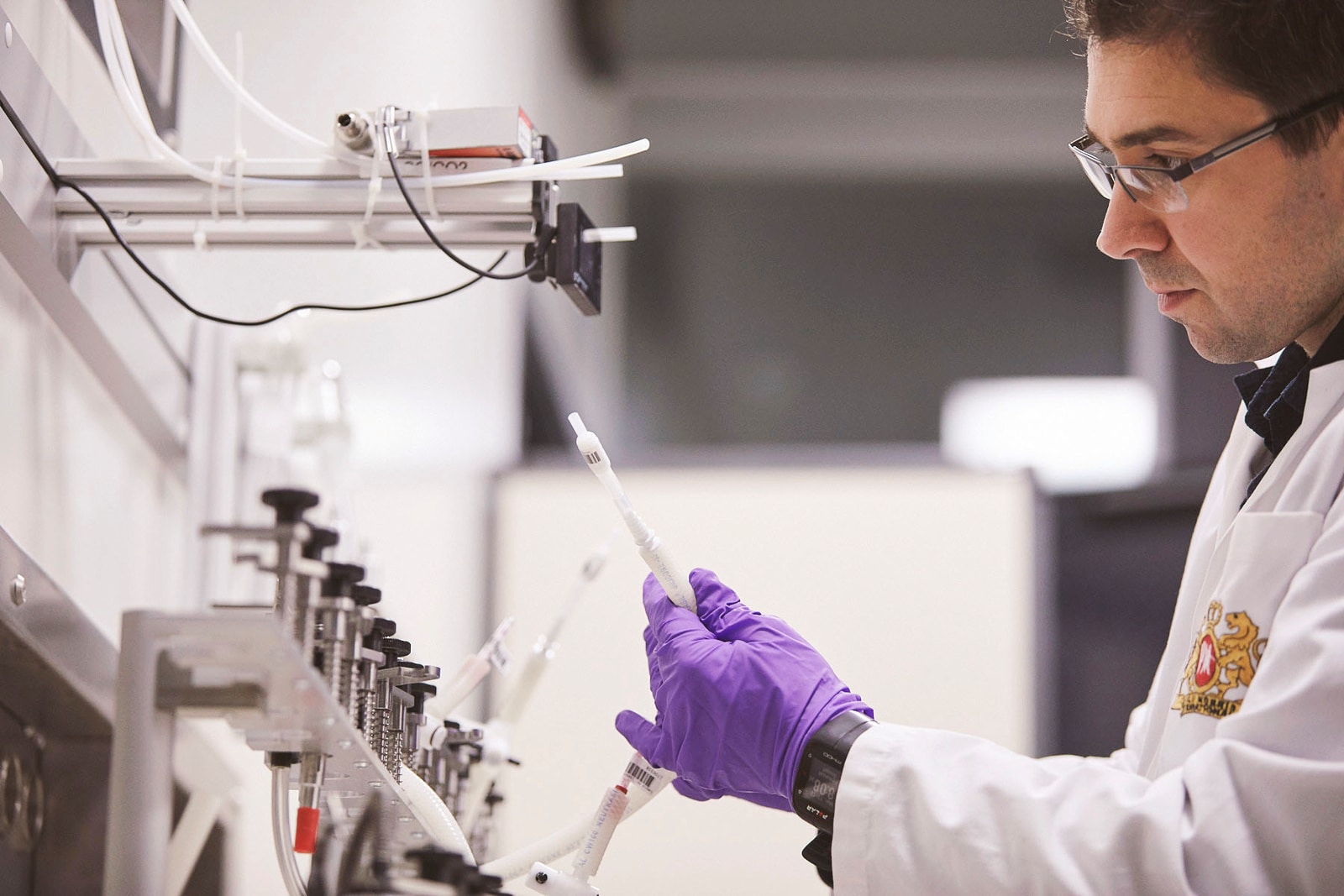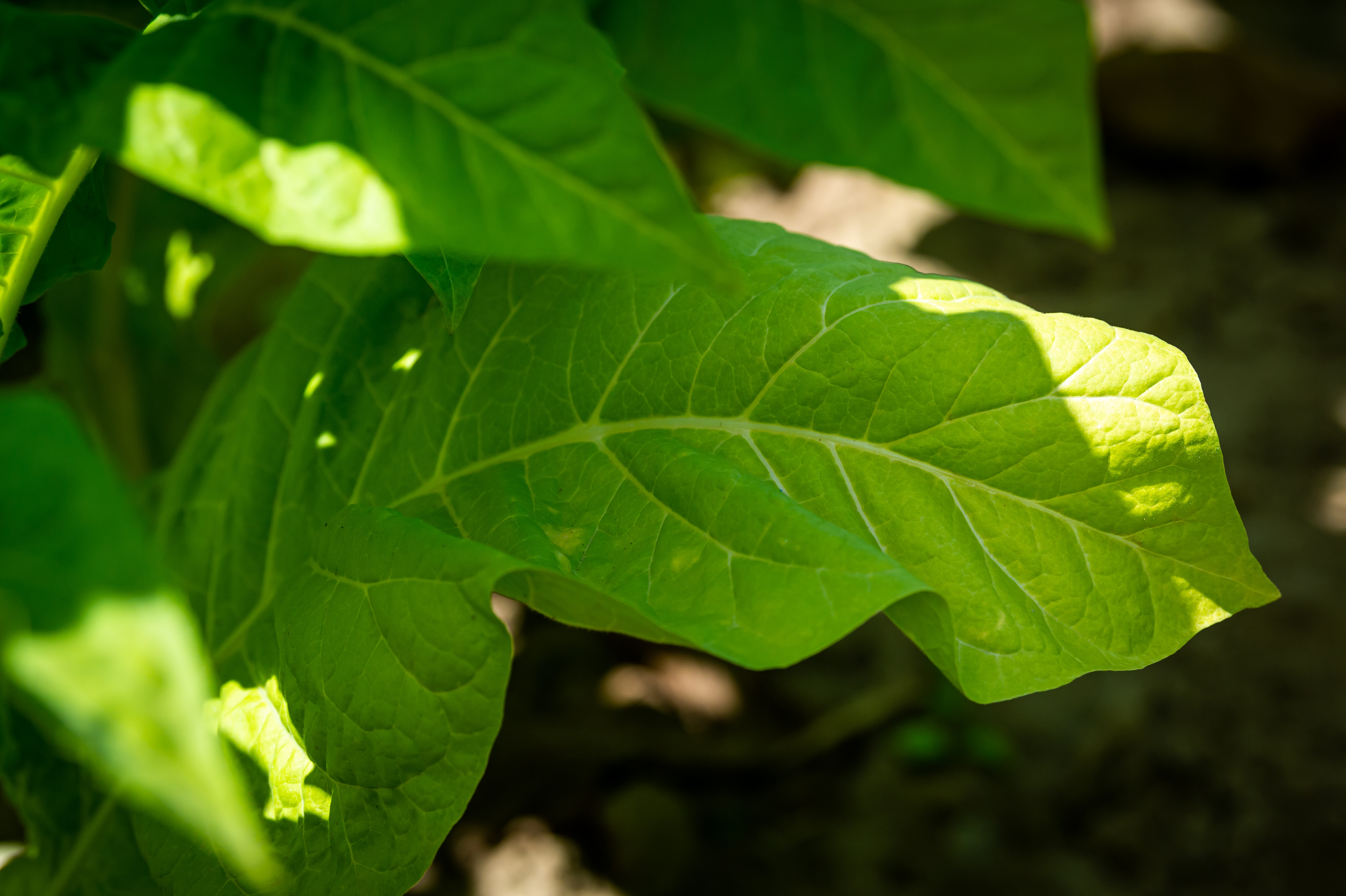Rapporti delle autorità statali
Istituto federale per la valutazione dei rischi (BfR)
Lo studio di seguito descritto è stato condotto dai ricercatori dell'Istituto federale per la valutazione dei rischi (BfR), un organismo scientifico indipendente del Ministero federale Alimentazione e Agricoltura (BMEL) in Germania. Qui potete trovare un comunicato stampa del BfR relativo allo studio (in inglese).
Mallock, N., Böss, L., Burk, R., et al. Arch Toxicol (2018). Levels of selected analytes in the emissions of "heat not burn" tobacco products that are relevant to assess human health risks.
Archives of Toxicology 92 (6): 2145-2149.
U.S. Food and Drug Administration (FDA)
FDA. (2020, July 7). FDA authorizes marketing of our Tobacco Heating System with 'Reduced Exposure' information.
FDA. (2019, April 30). FDA permits sale of our Tobacco Heating System through premarket tobacco product application pathway.
Ufficio federale della sanità pubblica (UFSP)
Nell'aprile 2019 l'UFSP in un rapporto (in tedesco) indirizzato alla Commissione per la Sicurezza Sociale e la Salute ha comunicato che "...i rischi legati alle sigarette elettroniche e ai prodotti del tabacco da riscaldare sono per i fumatori e le fumatrici molto probabilmente inferiori
a quelli del fumo di sigaretta e delle sigarette tradizionali."
Addiction Suisse / Dipendenze Svizzera
Ci sono molti dubbi rispetto all'utilizzo di nuovi prodotti, il nostro prodotto a tabacco riscaldato compreso, da parte di minorenni. Dipendenze Svizzera ha voluto approfondire la questione ed è arrivata alla conclusione che: "2.7% dei ragazzi e delle ragazze di 15 anni hanno usato
questi [prodotti del tabacco riscaldati] almeno una volta negli ultimi 30 giorni."
Delgrande Jordan, M., Balsiger, N., Schmidhauser, V. (2023). La consommation de substances psychoactives des 11 à 15 ans en Suisse – Situation en 2022 et évolutions dans le temps. Résultats de l’étude Health Behaviour in School-aged Children (HBSC).
Pubblicazioni scientifiche
Amorós-Pérez, A., Cano-Casanova, L., del Carmen Román-Martínez, M., Ángeles Lillo-Ródenas, M. (2021). Comparison of particulate matter emission and soluble matter collected from combustion cigarettes and heated tobacco products using a setup designed to simulate puffing regimes, Chem Engineer J Advances.
Kärkelä, T., Tapper, U., Kajolinna, T. (2021). Comparison of 3R4F cigarette smoke and our heated tobacco product aerosol emissions, Environ Sci Pollut Res Int.
Cozzani, V., Barontini, F., McGrath, T., Mahler, B., Nordlund, M., Smith, M., Schaller, J.P., Zuber, G. (2020). An experimental investigation into the operation of an electrically heated tobacco system, Thermochim Acta.
Queloz, S., & Etter, J.-F. (2019). An online survey of users of tobacco vaporizers, reasons and modes of utilization, perceived advantages and perceived risks.
BMC Public Health, 19(1).
Biondi-Zoccai, G., Sciarretta, S., Bullen, C., Nocella, C., Violi, F., Loffredo, L., … Frati, G. (2019). Acute Effects of Heat-Not-Burn, Electronic Vaping, and Traditional Tobacco Combustion Cigarettes: The Sapienza University of Rome-Vascular Assessment of Proatherosclerotic Effects of Smoking (SUR - VAPES ) 2 Randomized Trial.
Journal of the American Heart Association, 8(6), e010455.
Berthet, A., Jacot Sadowski, I, Zürcher, K., Guenin, V., Gendre, A., Auer, R., Vernez, D., Cornuz, J., (2018). Produits du tabac «chauffé» : que faut‑il savoir ? Rev Med Suisse 2018; volume 14. 1935-1941.
Pieper, E., Mallock, N., Henkler-Stephani, F., Luch, A., (2018). Tabakerhitzer als neues Produkt der Tabakindustrie: Gesundheitliche Risiken. Bundesgesundheitsblatt - Gesundheitsforschung - Gesundheitsschutz.
Farsalinos, K.E., Yannovits, N., Sarri, T., Voudris, V., Poulas, K., and Leischow, S. (2018). Carbonyl emissions from a novel heated tobacco products: comparison with an e-cigarette and a tobacco cigarette.
Addiction.
Li, X., Luo, Y., Jiang, X., Zhang, H., Zhu, F., Hu, S., Hou, H., Hu. Q., and Pang Y. (2018). Chemical analysis and simulated pyrolysis of Tobacco Heating System 2.2 compared to conventional cigarettes.
Nicotine Tob Res, in press.
Thorne, D., Breheny, D., Proctor, C., and Gaca, M. (2017). Assessment of novel tobacco heating product THP1.0. Part 7: Comparative in vitro toxicological evaluation.
Regul Toxicol Pharm.
Stephens, W.E. (2017). Comparing the cancer potencies of emissions from vapourised nicotine products including e-cigarettes with those of tobacco smoke.
Tob Control, in press.
Auer, R., N. Concha-Lozano, I. Jacot-Sadowski, J. Cornuz and A. Berthet (2017). Heat-not-burn tobacco cigarettes: smoke by any other name. JAMA Intern Med 177(7): 1050-1052.
Nota: Finora, questo è l'unico studio svizzero che non conferma i nostri dati. Tuttavia, le metodologie utilizzate in questo studio sono state messe in discussione dai nostri ricercatori (qui) e da ricercatori indipendenti (qui:
Perplexing conclusions concerning heat-not-burn tobacco cigarettes.), così come dalla American Food and Drug Administration, che ha concluso che:“The data published is not considered adequate for comparing the levels of HPHCs between our heated tobacco product and combusted cigarettes. There are significant analytical issues in the Auer et al. study, such as lack of testing reference samples, low number of replicates, lack of selectivity on some analytical methods. In comparison, we have not identified specific issues with the applicant’s methods.” (FDA Briefing Document: January 24-25, 2018 TPSAC Meeting).
Farsalinos, K. E., N. Yannovits, T. Sarri, V. Voudris and K. Poulas (2017). Nicotine delivery to the aerosol of a heat-not-burn tobacco product: comparison with a tobacco cigarette and e-cigarettes.
Nicotine Tob Res.
Tabuchi, T., Kiyhohara, K., Hoshine, T., Bekki, K., Inaba, Y., and Kunugita, N. (2016). Awareness and use of electronic cigarettes and heat-not-burn tobacco products in Japan. Addiction 111(4): 706-713.
Presentazioni alle conferenze internazionali
Setyan A., Bührer T., Leuzinger F., Netkueakul W., Michael P., Jing W., ETH Zürich / Empa, Switzerland, Physico-Chemical Characterization of Particles and Volatile Organic Compounds Emitted by Electronic Cigarettes and Heat-Not-Burn Products, Compared to a Reference Tobacco Cigarette,
10th International Aerosol Conference.
Dr Konstantinos Farsalinos, Toxicant exposure: a comparison between e-cigarettes and heat not burn technology, Global Nicotine Forum 2017.




